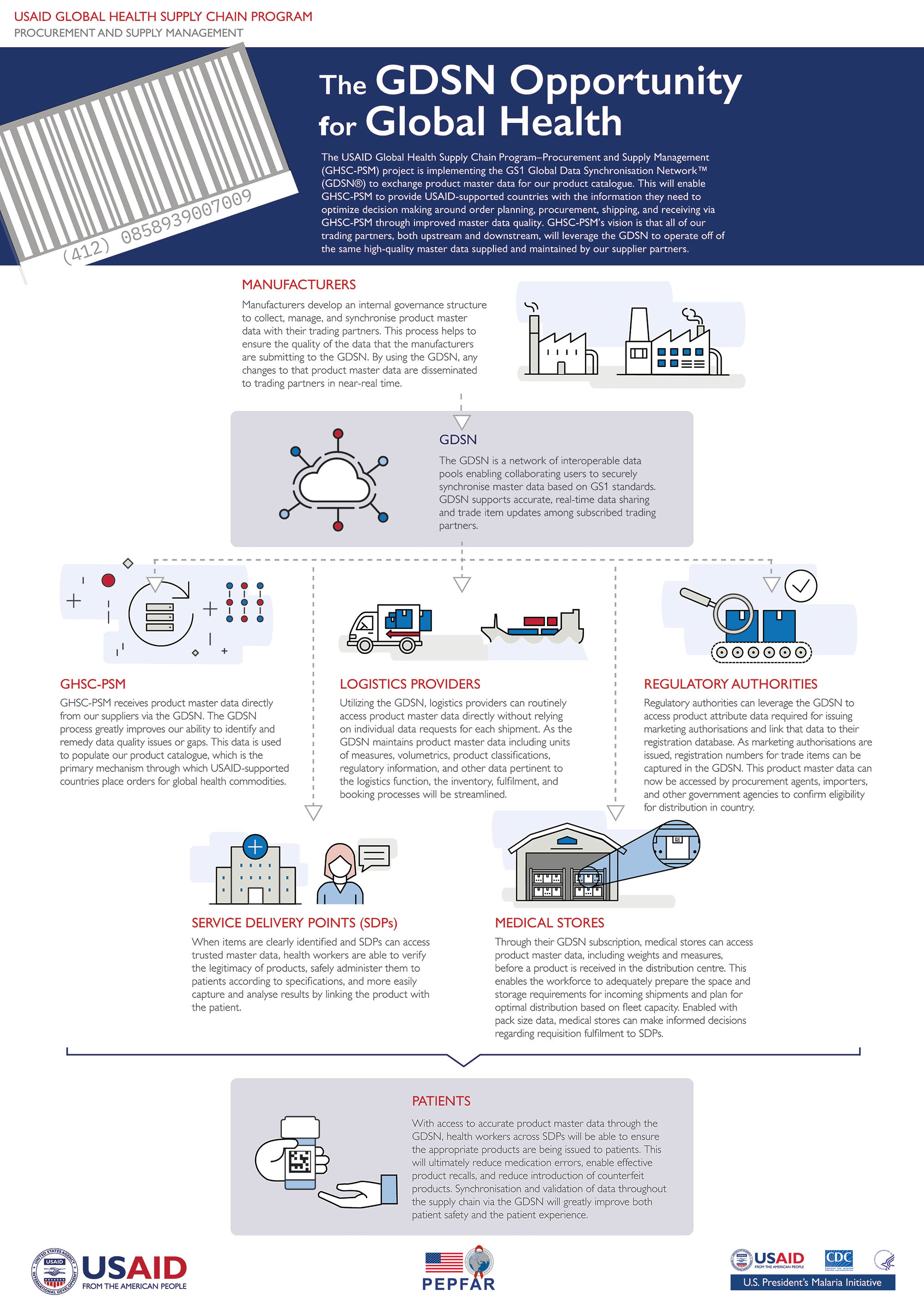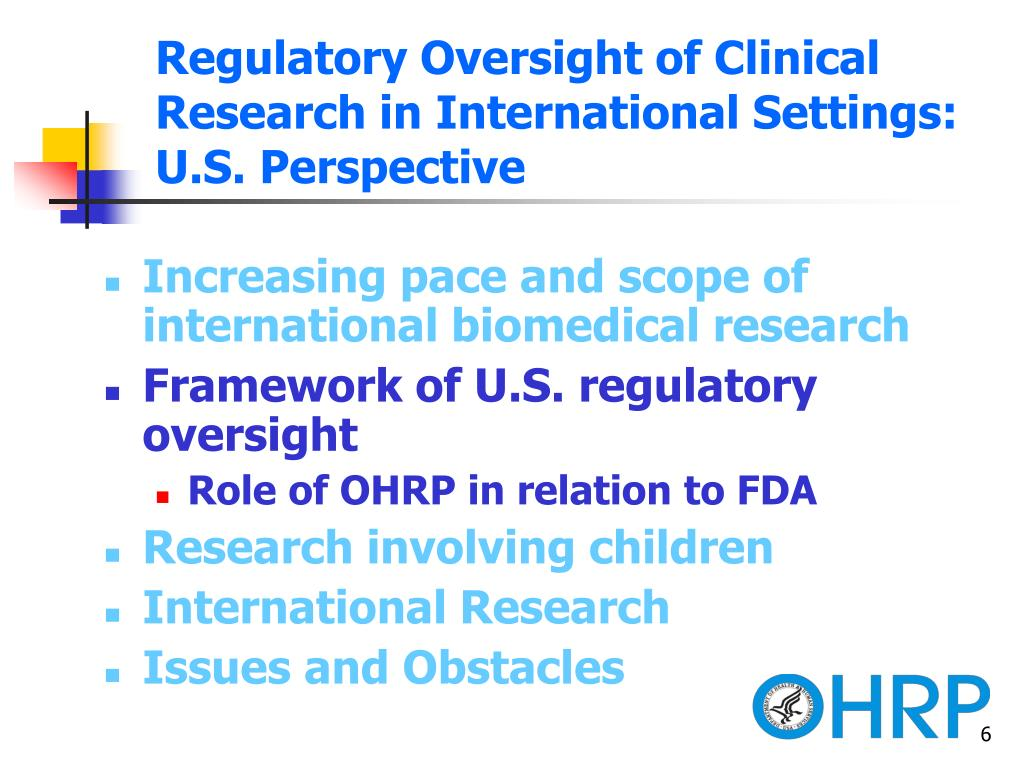Global health initiatives, spearheaded by entities like USAID, are crucial in shaping healthcare worldwide, especially in our interconnected age. The influence of USAID programs extends beyond borders, with their health infrastructure pivotal in tackling pressing health challenges. Prominent figures like Atul Gawande emphasize the repercussions of diminished support for these programs, including the critical roles played by organizations like the CDC in revolutionizing health responses. In his insightful discussions, Gawande sheds light on how the dismantling of USAID has jeopardized public health, not only locally but on a global scale. As international development becomes ever more vital, the commitment to restoring and enhancing USAID’s mission is essential for fostering healthier communities everywhere.
When we talk about international healthcare efforts, terms like global health, public health initiatives, and global wellbeing come to the forefront. Agencies such as the U.S. Agency for International Development (USAID) and their vital role in strengthening health systems across nations are integral to this discourse. Healthcare leaders, including experts such as Atul Gawande, routinely highlight the importance of sustainable health infrastructure and robust CDC programs as essential components of effective health management. The ongoing focus on international development underscores how interconnected our health outcomes truly are. As we navigate the challenges ahead, bolstering these programs will be paramount in ensuring that communities thrive and have access to essential health services.
The Importance of Global Health Leadership
Global health leadership is essential in navigating the complexities of healthcare disparities worldwide. Atul Gawande’s recent discussion highlights the significant impact that organizations like USAID have had in promoting health and wellness across various nations. With a robust network established in collaboration with local entities, USAID has played a pivotal role in combating infectious diseases and enhancing access to healthcare. However, the disbanding of such infrastructures due to budget cuts and program eliminations threatens to reverse years of progress and support for vulnerable populations.
The removal of dedicated staff and resources from USAID not only affects immediate health outcomes but also diminishes the United States’ stature as a global health leader. The CDC programs that once flourished with funding and expert talent are under unprecedented strain, raising concerns about future responses to global health emergencies. Gawande’s assertion about the situation poses a critical question: How can other nations rely on the U.S. to spearhead international health initiatives when its own agencies are struggling to maintain their operations?
Gawande’s Vision for Health Infrastructure Restoration
Atul Gawande remains optimistic about the potential for restoring health infrastructure even in the face of adversity. He believes that although USAID may not return to its former glory, dedicated efforts can be made to rebuild essential healthcare frameworks that benefit millions. This includes revamping partnerships between government agencies, universities, and international organizations to ensure that vital services, such as maternal and child health programs, are adequately supported. Investments in training and resource allocation are crucial for reviving these programs, which have historically saved countless lives.
One of the key takeaways from Gawande’s talk is that it’s not just about having effective health solutions; it’s also about the sustained implementation and technical support that elevates health outcomes. The proactive measures taken by USAID in the past, such as their quick response to disease outbreaks and comprehensive infectious disease surveillance, demonstrate how significant investment in health infrastructure can yield positive results. Continued advocacy for such programs is essential to ensure that the path towards recovery is not abandoned.
CDC Programs: Adapting to New Realities
The Centers for Disease Control and Prevention (CDC) plays a crucial role in the United States’ health security, addressing both domestic and international health threats. With the recent challenges facing USAID and its budget cuts, CDC programs have also had to adapt to new realities of limited funding and resources. As disease surveillance and outbreak response become increasingly vital in a world still grappling with the ramifications of global health crises, the CDC’s ability to function effectively is under scrutiny. Gawande’s reflections bring attention to the necessity of reinstating funding for these essential programs to maintain readiness against future health emergencies.
Moreover, CDC’s collaborative efforts with multiple health agencies and global partners have been pivotal in managing health initiatives worldwide. The synergy between CDC programs and USAID’s international outreach demonstrates how intertwined domestic and global health strategies are. As noted by Gawande, without a strong infrastructure supported by both agencies, progress on health initiatives and responses to pandemics may falter. The commitment to adapt and innovate in response to emerging health challenges is more important now than ever.
USAID Programs: A Legacy of Health Improvement
The legacy of USAID programs in creating sustainable health improvements across multiple regions cannot be overstated. Gawande emphasized how programs implemented by USAID not only saved lives but also enhanced the quality of care available in under-resourced countries. For instance, initiatives aimed at reducing maternal and child mortality rates have had a profound impact on communities, extending life expectancy while building necessary healthcare capacities. This historical context serves as a reminder of what is at stake as cuts continue to impact these essential programs.
During his tenure, Gawande witnessed firsthand the effectiveness of USAID’s approach to combating diseases like HIV, tuberculosis, and malaria. These targeted interventions have resulted in tangible health benefits for millions, showcasing the agency’s expertise in addressing pressing global health needs. The daunting challenges posed by recent changes threaten to overshadow these accomplishments, highlighting the need for renewed advocacy and support for USAID programs that have proven successful in improving health profiles of vulnerable populations around the globe.
International Development: A Collaborative Approach
International development in health requires an integrated approach, bringing together resources, expertise, and innovative solutions. Gawande articulates a vision where the lessons learned from USAID’s initiatives can inform future collaborations, particularly as global health challenges evolve. The strength of global health is in its collaboration across borders, utilizing the experiences of various countries to enhance health systems worldwide. By leveraging the knowledge gained from past successes, countries can implement strategies suited to their local contexts, making international development efforts more effective.
Collaboration also extends to partnerships with organizations such as the World Health Organization and local NGOs, which can provide vital support in executing health programs. These partnerships foster shared learning and resource allocation, thereby amplifying the impact of health initiatives. Gawande’s emphasis on collaboration as a path forward underscores the importance of maintaining interconnected lines of communication and support among all stakeholders involved in global health efforts.
The Role of Education in Global Health Initiatives
Education is a foundational pillar of global health initiatives, ensuring that future leaders are prepared to face the challenges ahead. Gawande’s dialogue with students and faculty reinforced the necessity of empowering the next generation of healthcare professionals with the knowledge and skills required to sustain and innovate within the global health landscape. Investing in education within public health is not merely an option; it is imperative for lasting impact and success in combating health inequities.
By integrating global health topics into academic curricula at institutions like Harvard, students are equipped to navigate complex health systems and contribute to international development efforts. In doing so, they become advocates for evidence-based strategies that prioritize health equity and community engagement. Gawande’s encouragement for young minds to persist in their commitment to science and medicine highlights the pivotal role of education in shaping a future where health is prioritized as a fundamental human right.
Challenges Facing Global Health Funding
The challenges facing global health funding have become increasingly pronounced, particularly as Gawande highlighted during his recent insights. As budget cuts impact organizations like USAID and the CDC, resource allocation for vital healthcare programs is at risk. This diminishes the ability of these agencies to respond efficiently to health emergencies and maintain crucial services, creating a ripple effect that can endanger the well-being of millions of individuals worldwide.
Moreover, funding freezes prevent the scaling of successful interventions aimed at combating diseases. Gawande’s concerns about immediate cuts affecting health outcomes serve as a critical reminder of the need for sustained financial and political support for health initiatives. Fostering discussions around global health funding amongst policymakers and stakeholders is imperative to galvanize support and ensure the continuation of lifesaving programs.
Advocacy for Research and Development in Health
Advocacy for research and development in health is essential to progress in tackling health challenges effectively. Gawande’s reflections on the importance of continued investment in health research remind us that breakthroughs often arise from rigorous scientific inquiry. The cutting-edge research being conducted at institutions associated with USAID and the CDC is vital for developing new treatments and understanding complex health issues, emphasizing the need for ongoing support in this realm.
Restoring funding to important health research initiatives is crucial in sustaining the momentum of progress achieved. As Gawande pointed out, without adequate resources, critical studies may be halted, which could delay advancements in health strategies essential for populations in need. Mobilizing public support and lobbying government officials for increased investment in health research can stimulate innovation and pave the way for solutions that benefit not only domestic but global health efforts.
The Future of Global Health Post-COVID-19
The future of global health in the aftermath of the COVID-19 pandemic presents both challenges and opportunities. Gawande’s insights underscore a critical turning point for health agencies like USAID in redefining their roles and enhancing responsiveness to public health emergencies. The experiences garnered during the pandemic should inform better preparedness strategies and proactive health measures, ensuring that agencies are equipped to tackle similar crises that may arise in the future.
As the landscape of global health continues to evolve, the focus on building resilient health systems is paramount. Gawande’s emphasis on prevention and community health initiatives can guide future investment strategies in international development. By understanding the lessons learned from the pandemic, stakeholders can prioritize resource allocation that promotes sustainable health outcomes while addressing health disparities that have been exacerbated in recent years.
Frequently Asked Questions
What is the role of USAID in global health initiatives?
USAID plays a crucial role in global health initiatives by funding and implementing programs that improve healthcare infrastructure, combat infectious diseases, and support maternal and child health. Its extensive network allows rapid response to global health threats while promoting sustainable practices and partnerships with other organizations like the CDC.
How has Atul Gawande influenced global health at USAID?
Atul Gawande’s leadership at USAID has significantly shaped global health policy. His focus on data-driven solutions and technical assistance for vaccine distribution and maternal health programs has improved health outcomes globally, emphasizing the importance of adequate health infrastructure and continued funding for essential health services.
What impact did the previous administration have on global health programs at USAID?
The previous administration’s budget cuts and staff terminations at USAID severely impacted global health programs, disrupting efforts to combat diseases like HIV and tuberculosis, and undermining the agency’s ability to respond to health emergencies, as highlighted by Atul Gawande’s observations on the agency’s reduced capabilities.
How do CDC programs align with USAID’s global health strategies?
CDC programs complement USAID’s global health strategies by providing scientific expertise and data to support disease surveillance, outbreak response, and health research initiatives. This collaboration enhances USAID’s efforts to achieve meaningful health improvements in various populations.
What are the challenges facing USAID’s global health initiatives today?
Today, USAID faces challenges such as funding freezes, staff shortages, and political resistance, all of which threaten its health infrastructure and the effectiveness of programs aimed at reducing maternal and child mortality, combating diseases, and maintaining global health leadership.
Why is the work of USAID critical for international development?
USAID’s work is critical for international development as it provides essential resources and expertise needed to address health crises, enhance health infrastructure, and ensure access to care for millions. By investing in global health, USAID contributes to the stability and economic growth of developing nations.
What future strategies could enhance USAID’s contributions to global health?
Future strategies to enhance USAID’s contributions to global health include increasing collaboration with academic institutions, securing sustainable funding, leveraging technology for health services, and continuing to prioritize evidence-based interventions to address emerging health challenges effectively.
| Key Point | Details |
|---|---|
| Atul Gawande’s Experience | Formerly led USAID’s Bureau for Global Health, nominated by President Biden. |
| Impact of Administration Changes | The Trump administration’s cuts damaged USAID, eliminating 85% of its programs and affecting millions globally. |
| Surveillance Innovations | USAID created a network to respond quickly to outbreaks, reducing response time to under 48 hours. |
| Maternal and Child Health Improvements | Programs that extended the life spans of 93 million women and children; innovative treatments for maternal health. |
| Future Challenges | Funding cuts threaten ongoing health initiatives; maintaining infrastructure and talent is crucial. |
| Hope for Global Health | Despite challenges, Gawande remains hopeful for future progress in global health. |
Summary
Global health USAID has faced significant setbacks due to previous administrative cuts, leading to the dismantling of essential health programs. Atul Gawande highlighted these challenges while emphasizing the importance of maintaining our health and science infrastructure. While there is hope for the future, it is crucial for the U.S. to reclaim its leadership role in global health to ensure the continuation of vital health initiatives and improvements for millions around the world.



